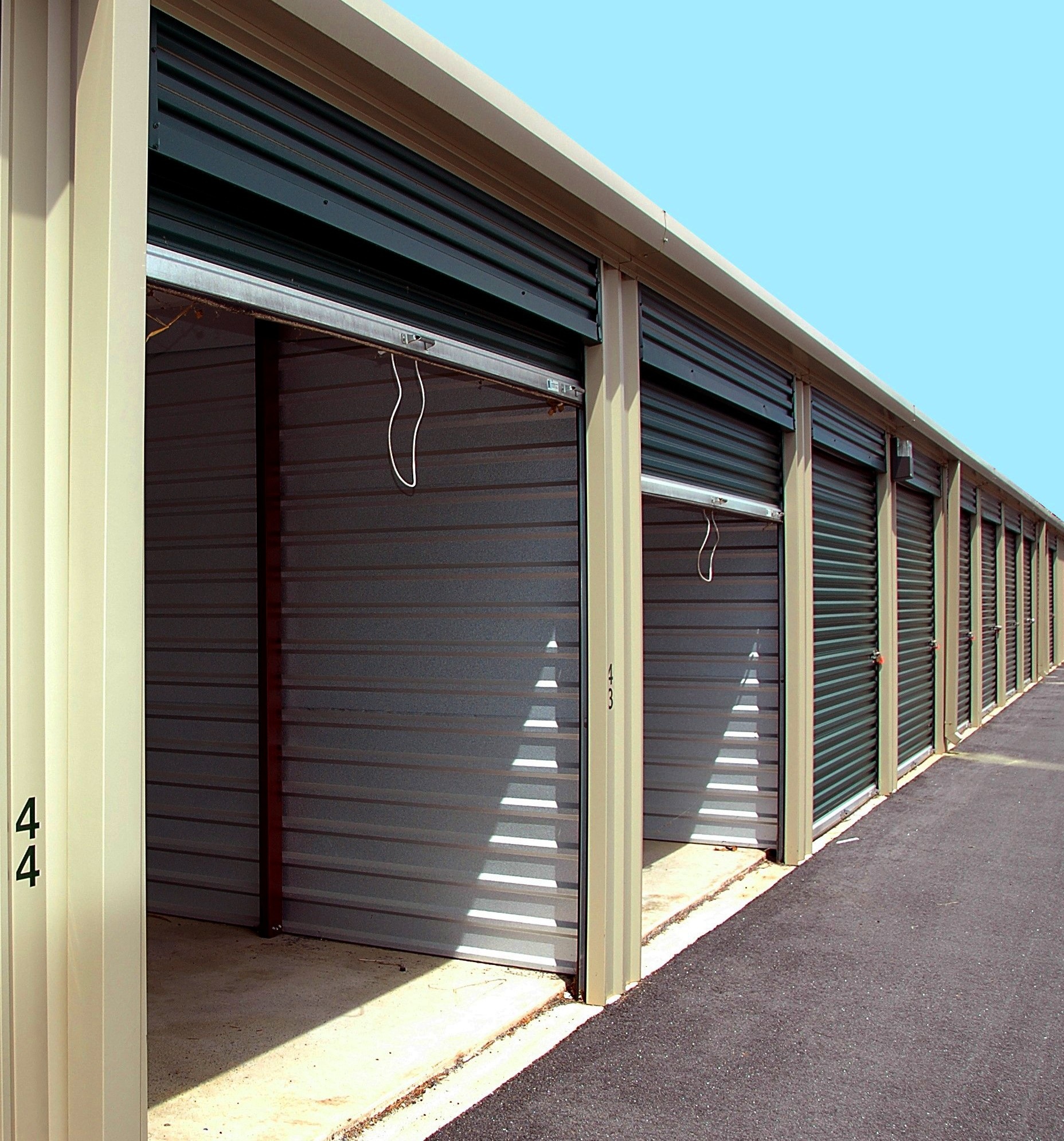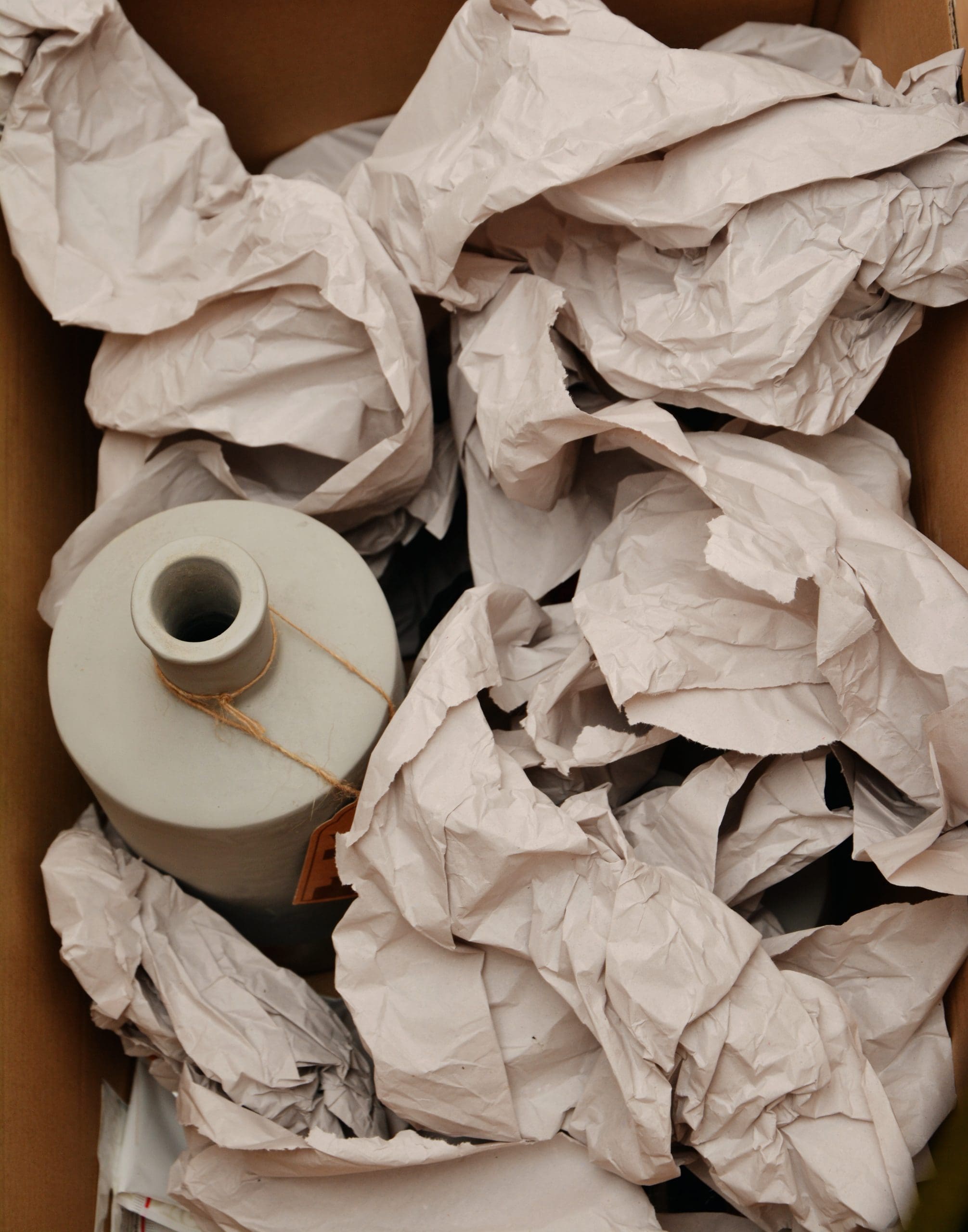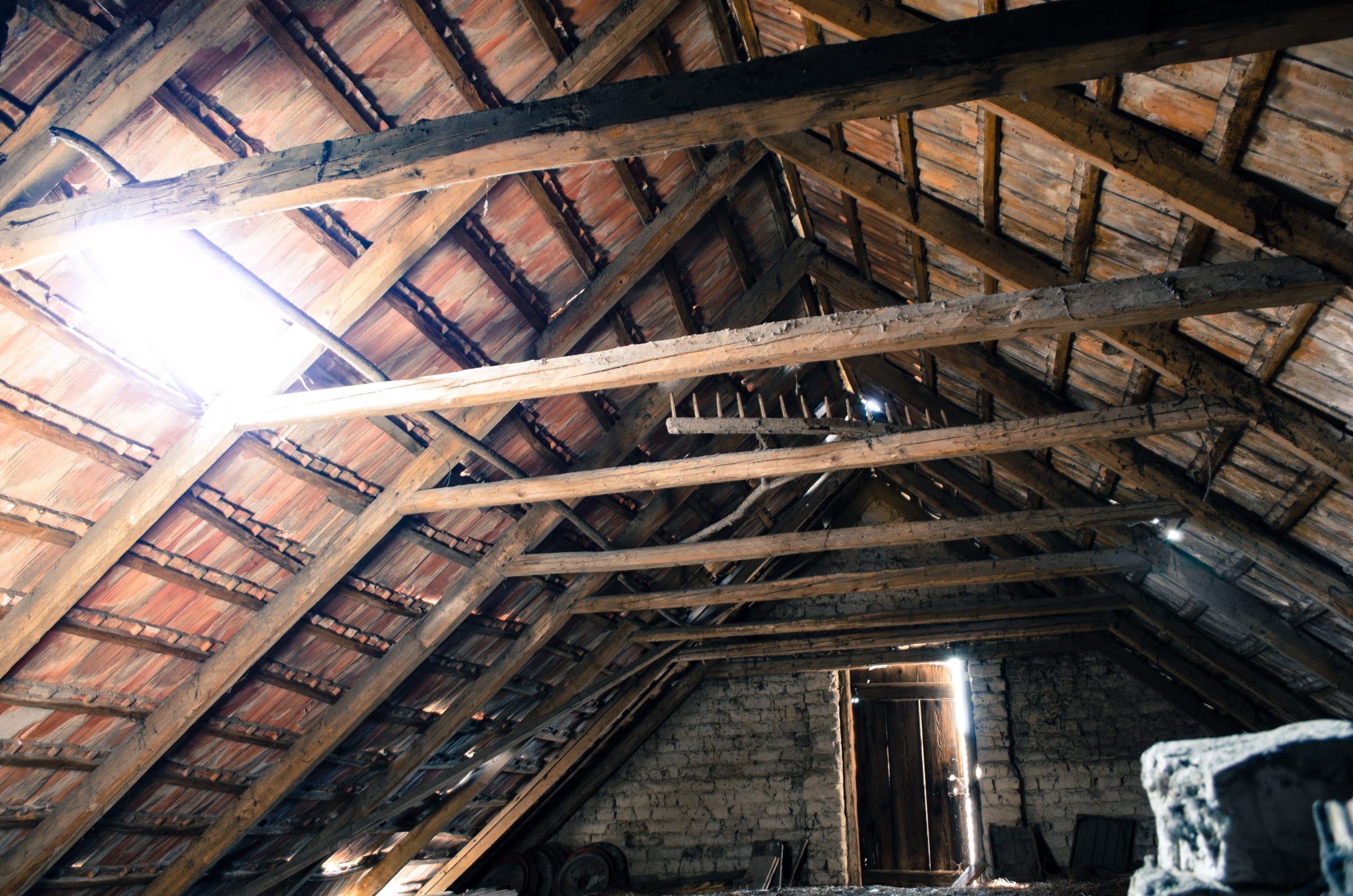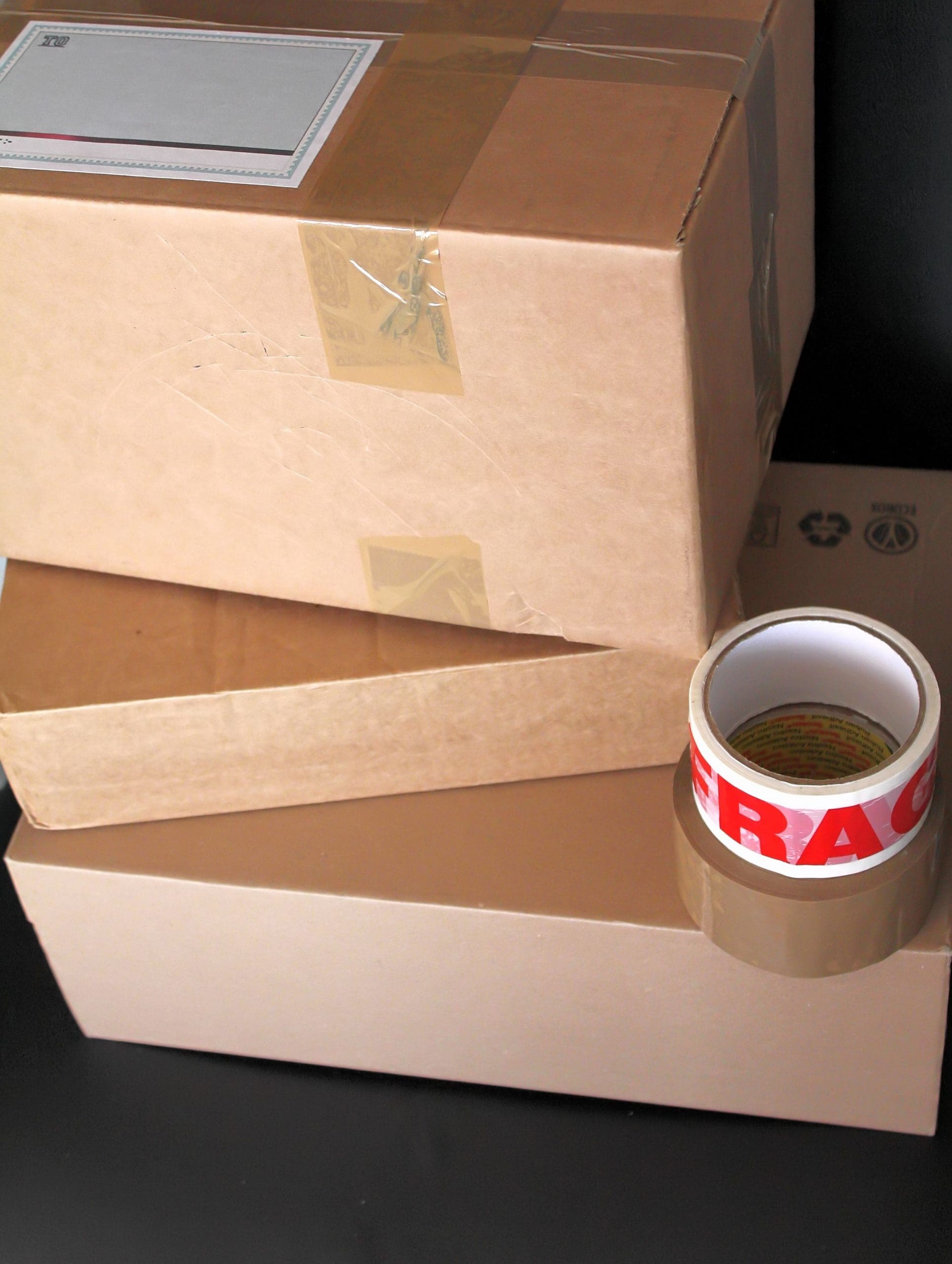determining the best way to store artwork is often tricky when you’ve never done it before. you might need to store a full collection of art while moving house, or if you’re downsizing and are planning to sell your artwork. you may only need to store a few extra pieces, so you can swap artworks for a fresh feel every season.
either way, knowing how to store valuable artworks is vital to ensuring they maintain their quality and value over time. read on for artwork storage ideas, and tips to make sure you’re protecting your art properly.
assess the risk
when deciding how to store your artwork, looking on the bright side is never the best option. to make sure you’re going to keep your artwork safe, secure and without damage, you need to be as pessimistic as possible when looking at your options.
what are the risks involved when you pack, move or store your artworks? how might your artworks be damaged in the room or storage facility you’ve chosen?

Of course, you don’t want to keep thinking about the worst case scenario after you’ve stored the artwork – the whole idea behind proper fine art storage is peace of mind – but at least in the planning phase, make sure you have your pessimist hat at the ready.
packing
before placing your artwork in storage, you need to make sure it’s properly packed. it’s best to start by cleaning off any dust with a soft brush or microfibre cloth. wooden or metal frames can be given a quick polish – and any sculptures that need polishing should be seen to as well. this makes sure the art is in its best possible condition before storage.
wrap everything in bubble wrap, then plastic or glassine wrap, before placing it in cardboard boxes. sculptures should be wrapped in bubble wrap, preferably with a few layers and extra padding over any sharp edges or small details. if you have an unframed canvas, don’t roll it up, as the paint might crack in long-term storage.
try to get a cardboard box of the correct size and shape, that fits the painting closely. you can try making one using cardboard sheets and tape, if you don’t have one of the right size.

it’s important to note that packing something for storage isn’t the same as packing something for transportation. if you’re going to be transporting a piece of art, you’ll need to give it extra protection against possible damage.
you might need to use tape, but make sure you’re using paper tape – this is a little like masking tape, and is usually wide and brown in colour. it’s more gentle than packing tape, sellotape or duct tape. while you want to avoid having any tape touch the artwork at any point, paper tape has less chance of damaging the artwork if there is accidental contact. often it’s the frame of an artwork that is most vulnerable, and the careful wrapping of the frame edges should prevent costly re-framing.
pick the right spot
whether you’re looking at a room in your own home or a separate facility, take a moment to thoroughly judge your potential storage space. can you see any signs of dampness or mold – or activity from pests? can you smell any mildew, or dust?
make a note of any issues, and make sure to deal with them before you store the artwork. it can be tempting to put the artwork away and assume you’ll deal with that air vent, uncovered window or damp spot in a week or so – but if time gets away from you, your art might be damaged before you realise it.
rooms to avoid
if you don’t have a huge art collection, or are storing seasonally to refresh your décor, you’ll probably want to store your artwork at home.
ideally, your art should be stored in a room that doesn’t have any exterior walls. this means it is less subject to the changing outside temperatures – there are also no windows that can let in wind, damp or sunlight.
make sure never to store your artwork in an unfinished attic or basement. if you’ve had your attic or basement finished and converted, with insulation and climate control, then they might be suitable – but even finished attics and basements might have problems.

shelves and racks
lying paintings on top of one another is never a good idea. even if the canvases aren’t touching, the risk of damage is too great. leaning the artworks against a wall isn’t ideal for long term storage either.
the best option is a set of shelves or a rack, which allows paintings to be stored in close quarters without touching. you can get special custom made fixtures for this, but with smaller artworks there are plenty of shelving options that might work.
temperature
when storing an art collection of any kind, it’s always best to avoid rooms that are too hot or too cold, as this can damage the artwork. the best range is about 15-24c.
you should avoid having the temperature change too frequently. if storing artwork inside your home, make sure the room temperature is kept at a moderate and consistent level, rather than dipping and rising.
it’s also best to make sure the art isn’t anywhere near the source of heat for the room. even if the room itself is only a moderate temperature, being too close to a radiator will damage the artwork.

moisture
too much – or indeed, too little – moisture is a big problem for artworks. mildew and mould are a possible issue, as is the problem of overly dry air, which can damage the artwork canvas or paper. this is one of the reasons it’s best not to store your artwork in a basement or attic, as these spots are prone to moisture problems. a humidity level of about 50% is best for artwork storage.
the materials in the space you use should also be assessed. concrete is a no-go, as it might retain moisture that will be transferred to any artworks lying on or leaning against it.
light
strong uv light damages artworks. properly packing your artworks should help prevent damage from uv radiation, but ideally there won’t be any danger of this in the first place. keep stored art away from uncovered windows – if possible, in a windowless space.
check in
while your storage space may seem perfect at first, the longer you leave artwork unattended, the higher the risk is that issues will arise. pests might enter the space, or an issue with temperature or moisture could develop, one piece of artwork might fall onto another… (remember, pessimism can be useful when thinking ahead!)
check up on your artwork on a regular basis, making sure that it’s in the same condition as you left it. hopefully, if there are any problems, you’ll be able to catch them early.

professional help
if you’re looking at long-term storage, it can be best to opt for a paid storage facility. a professional company will be able to assure you that the space is climate controlled, safe from pests, and secure. this can also be a good option for getting the right packing materials, including the correctly sized boxes.
for those with only one or two pieces of artwork, you’ll want a smaller or shared space. if you have artwork listed on sellmyartworks.com, you can ask us now about the options available to store your artworks at our secure facility.
remember your paperwork
all high quality artwork should have some kind of provenance. this will need to be stored safely as well – you’ll need it for insurance, or if you want to sell your artworks in the future. keep everything in a file, with other important documents – and if possible, scan each document and keep a digital copy as well.

it’s recommended that you take photos of the artworks before you put them in storage. if there is any damage, you can compare the artwork to the photo for insurance purposes. you can also use the photos for reference if you want to discuss selling your artwork.
for those with extensive collections, we’d also suggest making a little map of where you placed which piece in your storage space. you’d be surprised how quickly you might forget which artwork was where – and the next time you want to bring an artwork out of storage, you could end up unwrapping half your collection before you find the one you want…

